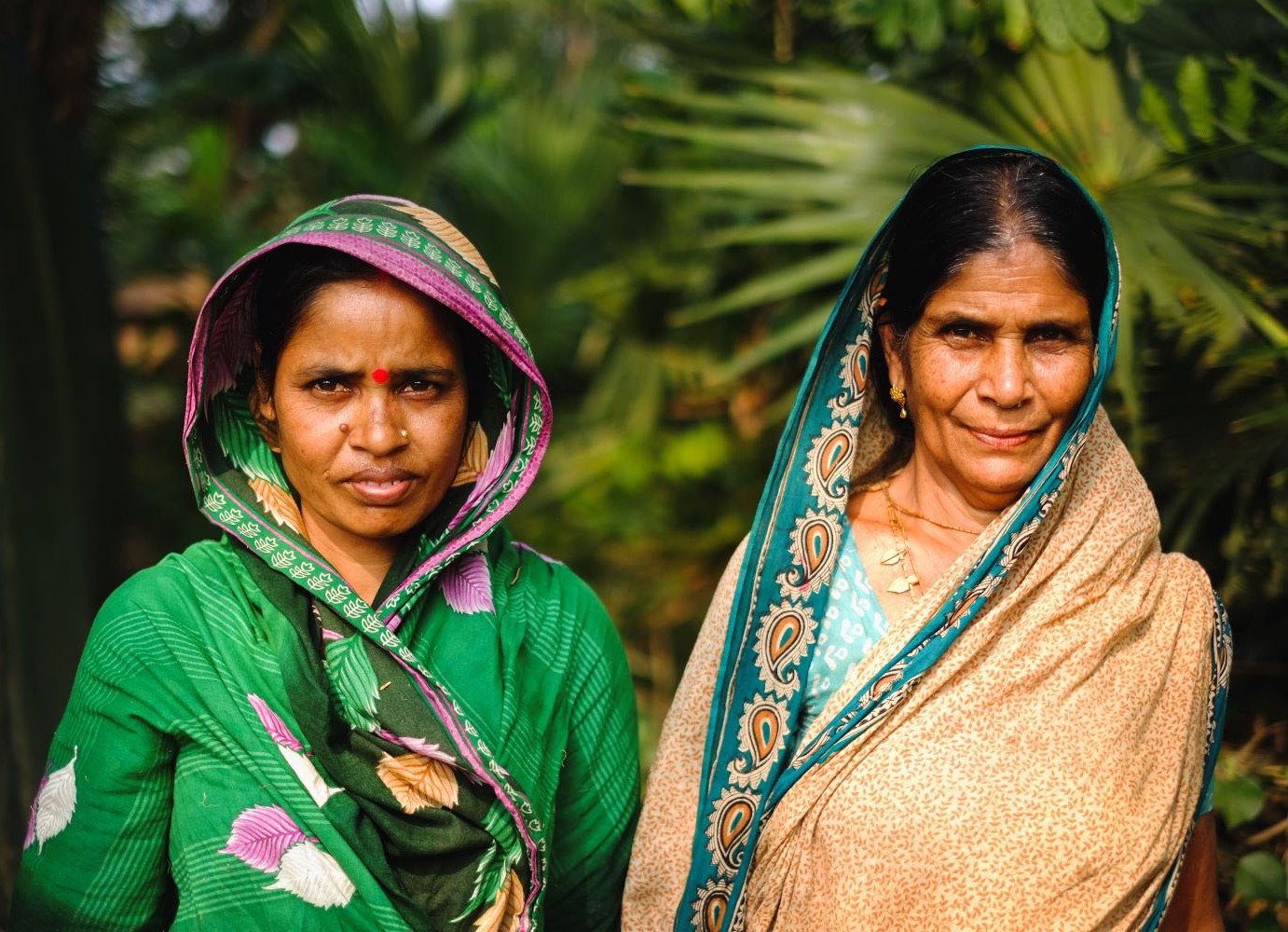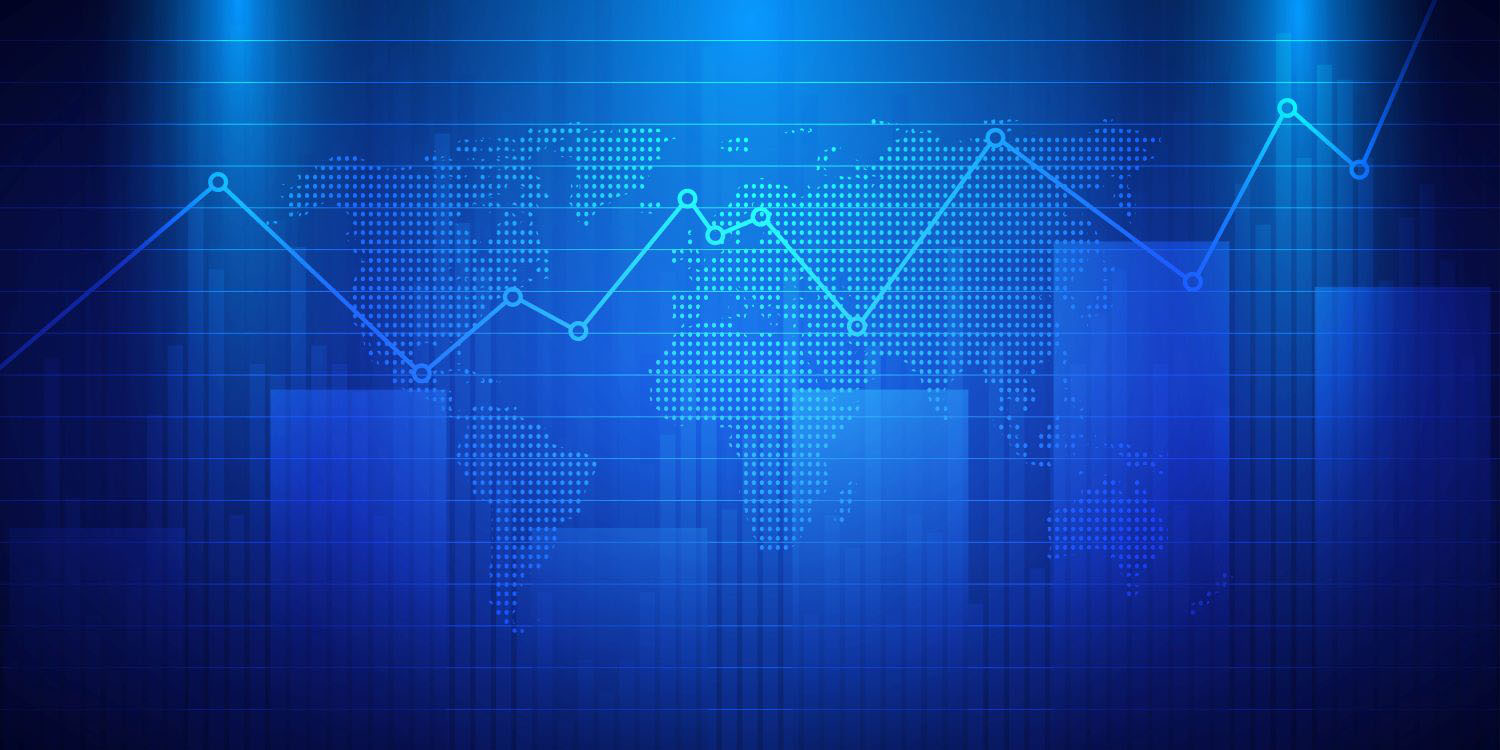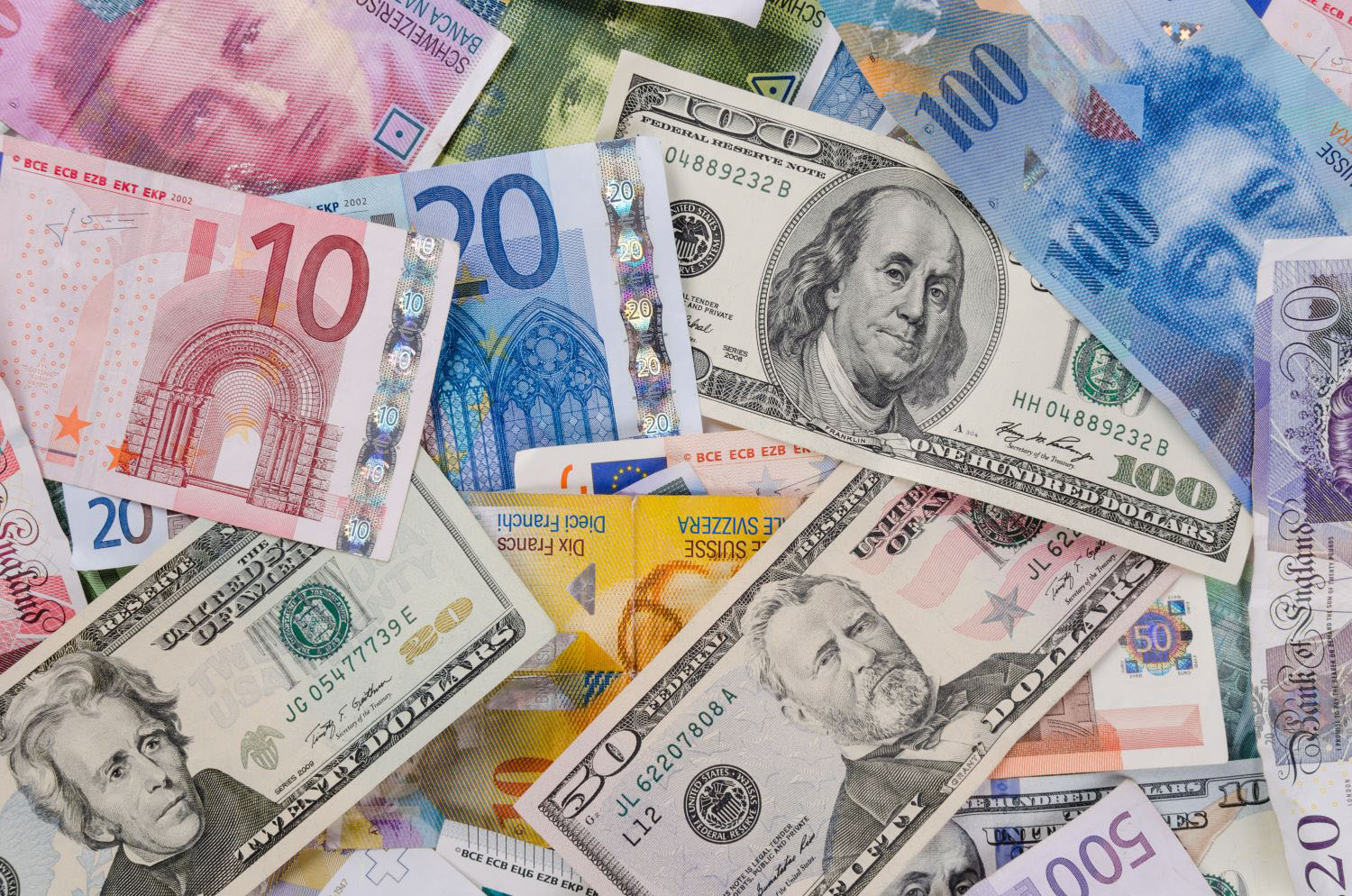A big fear about the post-2015 development agenda (AKA MDGs 2: The Assembly Strikes Back) is that there will be two competing sets of global goals—one on sustainable Development (based on the Secretary General’s High-Level Panel) and one on SUSTAINABLE development (proposed by the Rio Summit’s Sustainable Development Working Group). But there is some (potentially, maybe) good news about that risk.
The Sustainable Development Solutions Network, a ‘knowledge network’ of scientists, technologists, businesses, and development specialists hosted at Colombia’s Earth Institute and directed by Jeff Sachs, came out with a report on June 6th laying out potential language and targets for post-2015 Sustainable Development Goals. The SDSN is *not* the Sustainable Development Goals Working Group. But given the overall friction between the High-Level Panel process and the Sustainable Development Goals Working Group process, it is worth comparing the HLP and SDSN reports. As I’ve suggested before, the HLP looks to have tried very hard to dress itself in the garb of sustainable thinking, and similarities with the SDSN report suggests that effort worked:
- Both documents call for zero goals for poverty and hunger, child mortality, alongside universal access to secondary education, reproductive health, modern energy, expanded early childhood development programs. Both want an end to violence—although SDSN one-ups HLP by calling for an end to all violence—against not just women and children, but also men.
- Both want expanded economic measures to take into account social and environmental factors and both are concerned about climate, forestry, sustainable food production, climate resilience, and sanitation.
There are differences: SDSN calls for halving the number of people living on half the median income, HLP calls for reducing by ‘x%’ the proportion below national poverty lines. SDSN includes universal health care and has more on decarbonization and biodiversity, and actually puts a number on official climate financing ($100 billion a year by 2020). HLP has more on gender equity, disease, food security, jobs and governance. SDSN wants each country to reach the next World Bank income level by 2030. (It is not clear what this means for high income countries, perhaps we’ll invent a new categorization like the Starbucks Trenta size—the Big Gulp of income categorization).
But these differences look largely to be matters of degree and emphasis, not a fundamental difference in approach or coverage. Were it worth it, you could imagine duly authorized representatives of the SDSN and the HLP sitting down together and hammering out those differences to create a common list.
So the good news is that there’s considerable overlap between the two proposals, suggesting the real potential for convergence between the HLP and Sustainable Development Goals processes (if, that is, it is fair to use the SDSN report as a Sustainable Development Goals stalking horse). The bad news is some of the convergence is on unbelievable targets, some of which will surely never get consensus in the full UN General Assembly, and some of which really don’t deserve that consensus even if they get it. But, overall, that still counts as good news. Maybe we really will only have one set of goals in 2015. Maybe.
CGD blog posts reflect the views of the authors, drawing on prior research and experience in their areas of expertise.
CGD is a nonpartisan, independent organization and does not take institutional positions.





